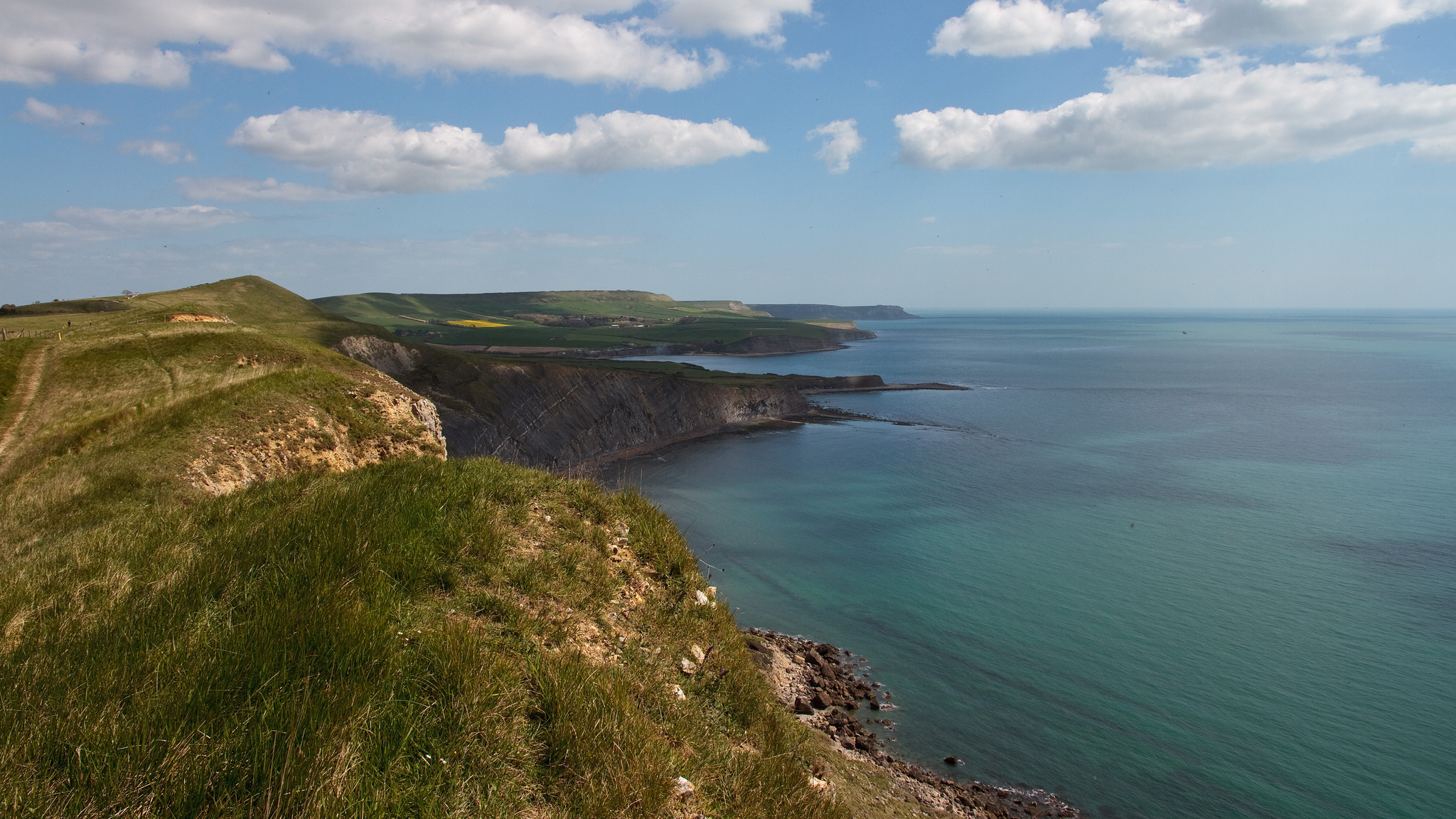
Coastal areas are (1) the most densely populated areas on earth, (2) the economic powerhouses of the global economy, and (3) the focus for continued growth through the 21st century with substantial development expected. As a result, coasts are changing, including land cover, hydrological and sediment fluxes, and relative loss of elevation. External upstream catchment changes are altering sediment and freshwater fluxes to the coast. Additionally, climate change is a new threat that could have profound effects on coastal areas, with climate-induced sea-level rise being of significant concern. When adapting to climate change, it is fundamental to recognise that coastal areas are subject to multiple drivers of change and evidence-based adaptation needs to take account of this reality. However, most analyses have focussed on limited driver sets and hence are incomplete.
To place the adaptation to climate change on a more scientific footing, this project will assess the folllowing critical issues:
- The different drivers that are relevant to coastal change during the 21st Century;
- The consequences of these drivers, including how they interact;
- Methodological frameworks for analysis of these multiple drivers;
- Evidence-based management responses in coastal areas, with a main focus on adapting to climate change.
This project is designed to bring together academics interested in the issues described above and practitioners seeking new ways to address concerns about climate change and change in general. It will capitalize on current groundbreaking work at WUN universities, such as the PALSEA project, to develop methods for the analysis of coastal areas that goes beyond the state-of-the-art. The project will link to the IGBP/IHDP LOICZ network as a medium to disseminate the results as widely as possible.
Selected outcomes
- Published Shifting perspectives on coastal impacts and adaptation. Nature Climate Change, 4, (9), 752-755. (doi:10.1038/nclimate2344).